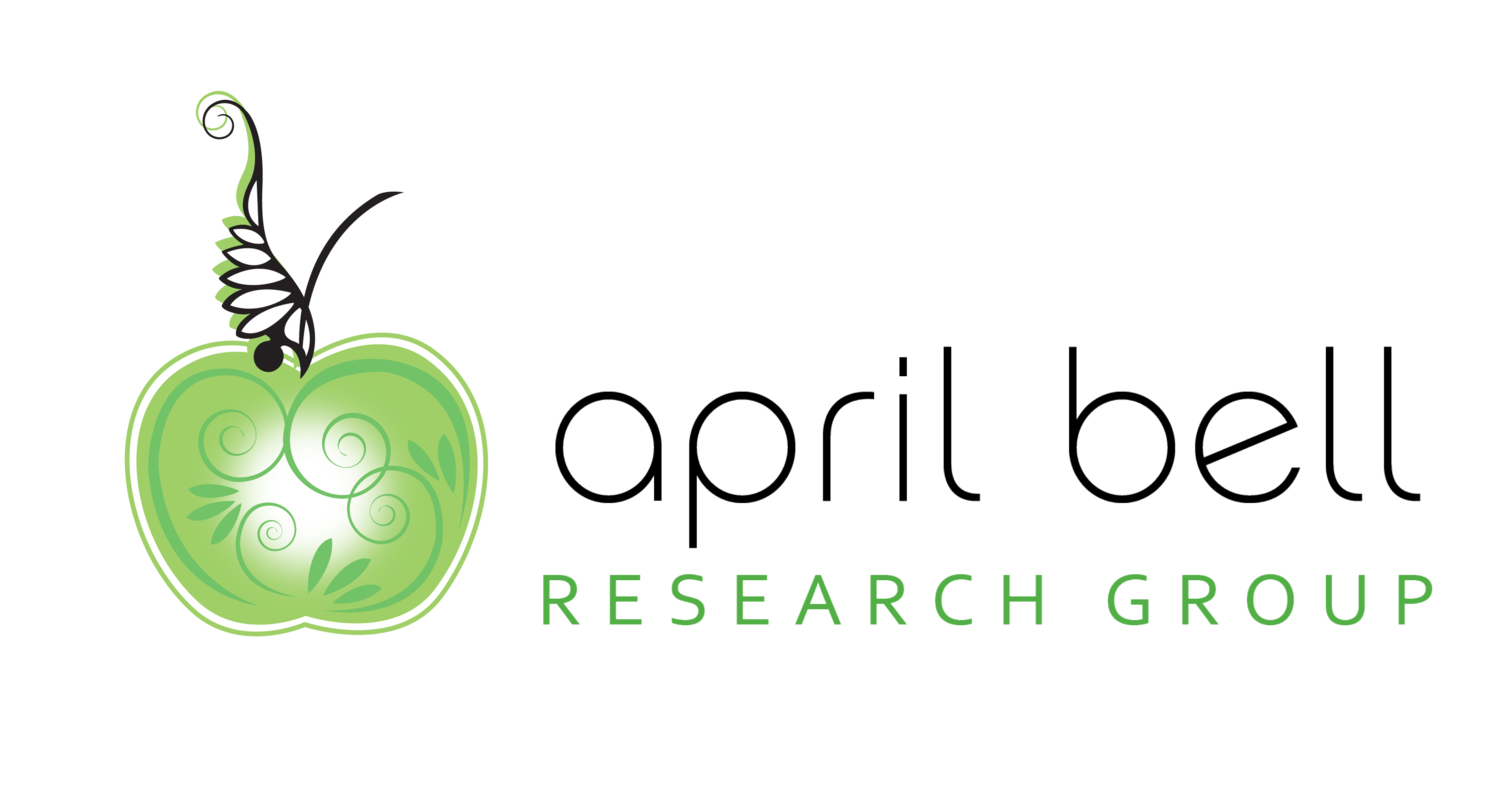When we decided to write a blog for Valentine’s Day, my first thought was “how are we going to talk about love in a way that’s interesting, non-cliché and meaningful?
Then, I asked myself: “what would I want to read?” I want to read bullet points, ideas that are easy to act on, or could bring about a shift in my thinking. On a day where there is so much expectation about love, I wanted to write something that could go beyond a “significant other”.
So, the more questions I asked, the more I realized this blog should really be about key questions to ask on Valentine’s Day. And as a researcher, this just felt better anyway! So, here goes my list of Valentine’s Day questions as food for thought – along with some resources that helped me answer my questions!!
- What would happen if I smiled at everyone I saw today?
- How would I feel if I complimented someone I admire?
- Why is there so much talk about “self-love” being a precursor to loving others?
- What are the things that make my heart happy?
- How can I be more kind to people who really irk me?
- How can I find time in my crazy schedule to spend more time with people I love?
- What can I do to love more and stress less? Thank you, my dear fellow Texan, Brene Brown, for your poignant quote, downloadable here.
- What can help give me an immediate lift of joy?



















